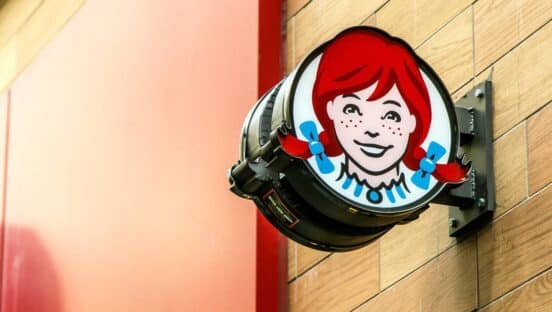Pricing has always been a topic of interest in the restaurant industry, particularly in how customers perceive and react to it. Recent discussions, especially following Wendy’s pricing policy announcement, have brought this issue to the forefront.
Methodology of the Study
I’ve talked about the role of framing before, but in light of the recent Wendy’s dynamic pricing “media frenzy,” I recently conducted a survey with more than 300 U.S. residents over the age of 18. Respondents were randomly presented with one of three scenario-based newspaper articles about a fictional restaurant named “Gators.” The articles described “Gators” pricing policy in various ways: fixed pricing without discounts, prices framed as lower (discounted) at specific times, and prices framed as higher than usual at specific times.
Survey Findings on Pricing Policies
After participants read through the scenarios, they weighed in on the policies in terms of their understandability, acceptability, perceived fairness, and whether they would consider revisiting “Gators.” As we’ve seen before, and in line with established principles of prospect theory which I’ve discussed in some of my previous articles, discounts were perceived more positively, leading to a greater willingness to return, unlike scenarios where prices were framed as higher.
MORE ON THE STORY:
Where Wendy’s Went Wrong in its Communication of Dynamic Pricing
Wendy’s Dynamic Fiasco: Pricing Becomes a Lightning Rod Once Again
Why Dynamic Pricing is a ‘Golden Opportunity’ for Restaurants
Returning to the concept of framing, which we’ve explored together previously, it’s evident that how a pricing strategy is presented to customers can dramatically sway their reception. It’s a consistent finding—framing prices as a gain for the customer resonates well and supports the theory that people innately prefer beneficial frames over those suggesting loss
Unexpected Insights on Fixed Pricing
Contrary to expectations, fixed pricing without discounts was perceived as equally fair, understandable, and acceptable as the discounted pricing. Importantly, there was no difference in the customers’ intent to return between these two pricing strategies.
Implications for Restaurant Operators
This research implies that restaurants might benefit from adopting a strategic pricing policy, especially if framed as a discount to customers. Despite initial hesitations, especially in light of Wendy’s situation, the findings suggest that dynamic pricing, when presented as a benefit, does not detract from customer perceptions of fairness or their intention to return.
Dynamic Pricing as a Strategic Tool
Restaurants should view dynamic pricing as an advanced form of promotions like happy hour or early bird specials. The key lies in finding the balance in what to offer, the level of discounts, and the timing to ensure profitability without alienating customers willing to pay full price.
What’s in a Name?
The buzz created by Wendy’s announcement on dynamic pricing has ignited a debate on the most fitting label for such a strategy. “Dynamic pricing,” despite its accuracy, may not sit well with every diner. Finding a term that reflects the restaurant’s ethos and resonates positively with customers is crucial. How we frame and communicate these strategies can make all the difference in perceived value and fairness.
Customers have a clear aversion to “surge pricing,” but what about “dynamic pricing?” I will dive deeper into customer reactions to these terms and explore more palatable alternatives in my upcoming paper. Stay tuned for insights that could redefine how we talk about pricing in the food industry.
Final Reflections
My findings highlight a critical aspect of pricing in the restaurant industry: it’s the perception and presentation that matter most. When a strategic pricing approach is positioned as providing customer value, it is as well-received as traditional fixed pricing, all while offering the business the adaptable advantages of variable pricing strategies. For restaurant operators, the message is straightforward: a well-communicated, strategically thought-out pricing strategy can serve as an effective instrument for managing revenue and distributing demand.
Adopting strategic pricing need not be a source of trepidation but rather an opportunity for innovation and improved customer engagement. By focusing on the customers’ perspective and emphasizing the value offered, restaurant operators can align pricing with patrons’ expectations and satisfaction. Emphasizing value and quality over cost adjustments will resonate more positively with diners, potentially leading to increased loyalty and repeat business.
Given the changing patterns in consumer behavior and the advances in technology enabling more nuanced pricing approaches, it’s worth considering your restaurant’s pricing strategy. The goal of these strategies should not only be about adapting prices to demand but also about ensuring that customers perceive real value. This balanced approach to pricing is essential for maintaining competitiveness in the restaurant industry and can contribute to long-term success and steady profitability.
Sherri Kimes is an Emeritus Professor at Hotel School at Cornell and specializes in pricing and revenue management. She has actively involved with teaching, conducting research and consulting in restaurant revenue management for the past 25 years. She is passionate about helping restaurants increase profitability. She can be reached at sk@sherrikimes.com.









